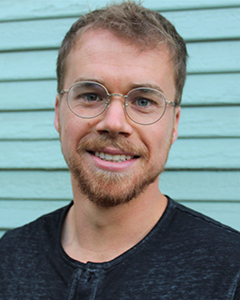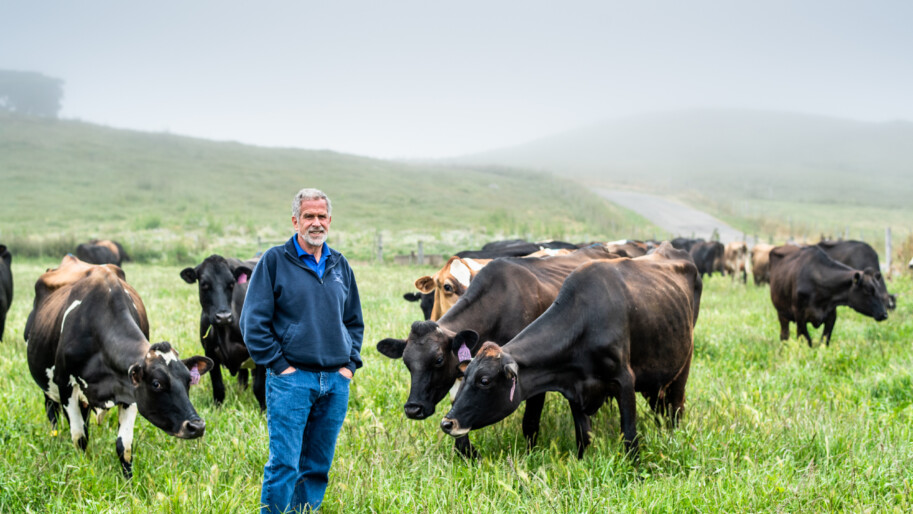I sat down recently with owner Albert Straus and Sustainability Director Joseph Button to discuss Straus Family Creamery’s approach to creating a climate-friendly dairy. Straus is a member of The Climate Center’s Business Network, a group of more than 70 businesses collaborating to advance bold, equitable climate policy in California. Straus is also pioneering techniques in soil carbon sequestration that, if replicated on working lands across the state, have the potential to draw down vast amounts of carbon pollution from the atmosphere.
Why are climate and sustainability such a big focus at Straus?
Albert: In 1994, I transitioned our family farm to organic, becoming the first certified organic dairy farm west of the Mississippi River. The company was founded in the same year as the first 100% certified organic creamery in the United States. Our mission is to sustain family farms in Marin and Sonoma Counties by providing high quality, minimally-processed organic dairy products and help revitalize rural communities everywhere through education and advocacy. We’re trying to create a model of an economically viable, organic dairy farm that’s good for the planet and our communities while providing high quality food regionally. We now have 12 dairies in Marin and Sonoma County that are certified organic. We have a model that creates a truly beneficial relationship between customers, farmers, and processors.
What does carbon farming look like on your organic farms? What practices have been the most impactful in terms of soil and ecosystem health?
Albert: There are four tenets of a carbon neutral, climate positive model, which is the goal by the end of this year. We were the first dairy in the United States to have our carbon farm plan to sequester carbon by adding compost to the land and using animals for rotational grazing and planting hedgerows and windbreaks. We’ve had a methane digester for the last 18 years that takes the manure from the cows that we collect in ponds (by law) and captures the methane that comes off of it under a floating cover. This produces all the electricity for the farm. Also, this last summer we became the first commercial dairy in the United States to do a trial for feeding red seaweed to cows to reduce enteric methane from cow belches. We got an average of 52 percent, and with some cows, over 85 percent. Four and half years ago, we converted our cow feed truck to electric, so it’s powered by the cows’ waste. We also just converted a John Deere loader to electric to get off fossil fuels.
Joseph: Organic dairy farms are different because they have a lot of land and there’s also a lot of carbon, so there’s a huge potential to store it and offset any emissions that can’t be mitigated. By handling manure in a certain way and ensuring that we’re composting, Albert is able to sequester over 500 metric tons a year just on his land. We’ve had people out testing the carbon in the soils at his farm and they’ve been blown away by the amount of carbon that’s been stored over the last 27 years.
There’s co-benefits as well. We’re able to grow a lot more forage on the farm, which lowers the cost of purchasing feed for the farm itself. When you’re spending 40 to 60 percent of your income on feed for the cows, and you can use pasture instead, it’s the most economical. It’s a tangible economic benefit. Especially in the last five years with climate-induced drought stress, these practices are creating climate and financial resilience on the farm.
Albert: Carbon farming has been recognized internationally as one of the only ways to reverse climate change. Livestock are essential to reversing climate change, and these practices have an economic return for farmers. And with the climate crisis, time is of the essence.
Joseph: When you manage the animals appropriately through intentional intensive rotational grazing like Albert and many other farmers in the region do, it induces significantly more photosynthesis on the farms. When you let the cows graze openly in a wide space, the grass stays low and you’re not getting a lot of regrowth. Intensive rotational grazing puts carbon back into the system through manure. You’re letting the land rest, and then when you let that grass regrow for 20 to 30 days, the amount of photosynthesis and thereby carbon storage that you’re inducing is tremendous. It’s beneficial for the farmer because they end up growing more grass, and it’s also beneficial for the climate because the sequestration values jump to levels that I don’t think we’ve seen before.
Satellite imagery dating back to 2000 allowed us to look at the time period on Albert’s farm before and after he started doing intensive compost application. The results were incredible. There was at least a 20 percent increase in yield year over year. This was during a drought, so there was very little rainfall, and on top of that, the seasonal variation that we were seeing in previous years essentially disappeared. In previous years, if you had a heavy rainfall year, you’d have a lot of growth, and if you had a light rainfall year, it would be very stagnant. After the compost application process started, we saw very high growth year over year regardless of rainfall patterns. The data really proved to us that this works and it’s something that we need to expand in our entire network so that the farmers can benefit.
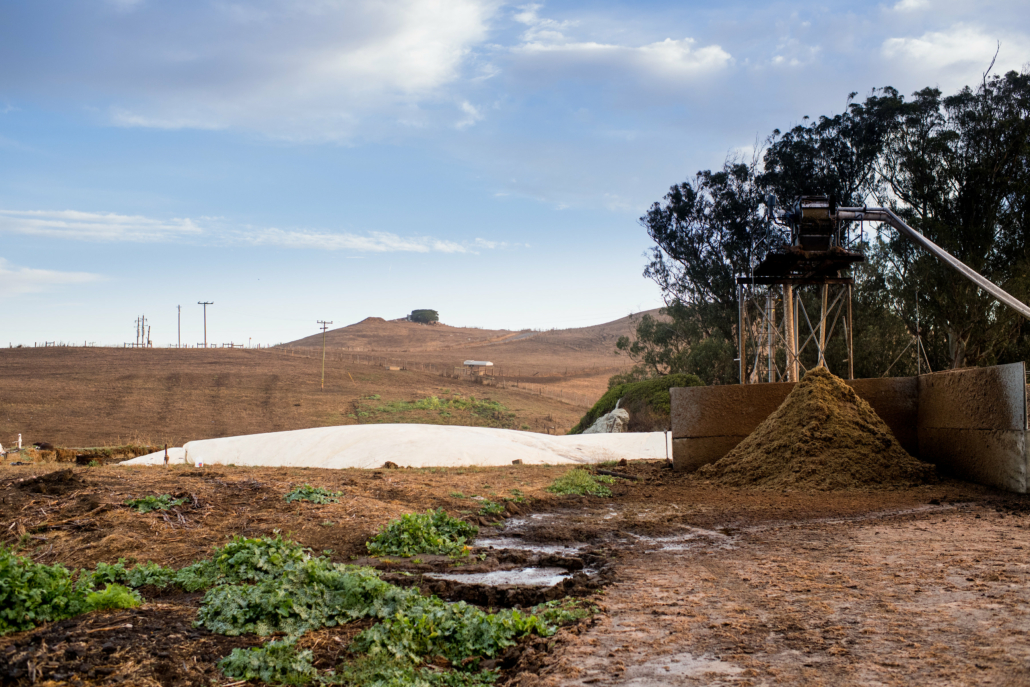
Given these environmental and economic benefits, why do you think regenerative farming practices are not yet the norm on dairy farms?
Albert: Over the last 80 years, farmers have produced more and more milk because when the price is low, they try to make up that income with higher volumes. This depresses the price of conventional milk, so the price very rarely covers the cost of what it takes to produce it. Land prices have also been really high so they are concentrated on less and less land. We’ve gone from 4.6 million dairy farms in the United States in 1940 to less than 32,000 today. Those farms produce the same amount of milk, but on fewer farms. Less land has also meant that farmers have been importing their feed.
I think the knowledge and data hasn’t been there either. Back in 1980, I heard an Allan Savory talk about rotational grazing that he did in Africa to help revitalize soils and crops. But overall, there hasn’t been very much information out there.
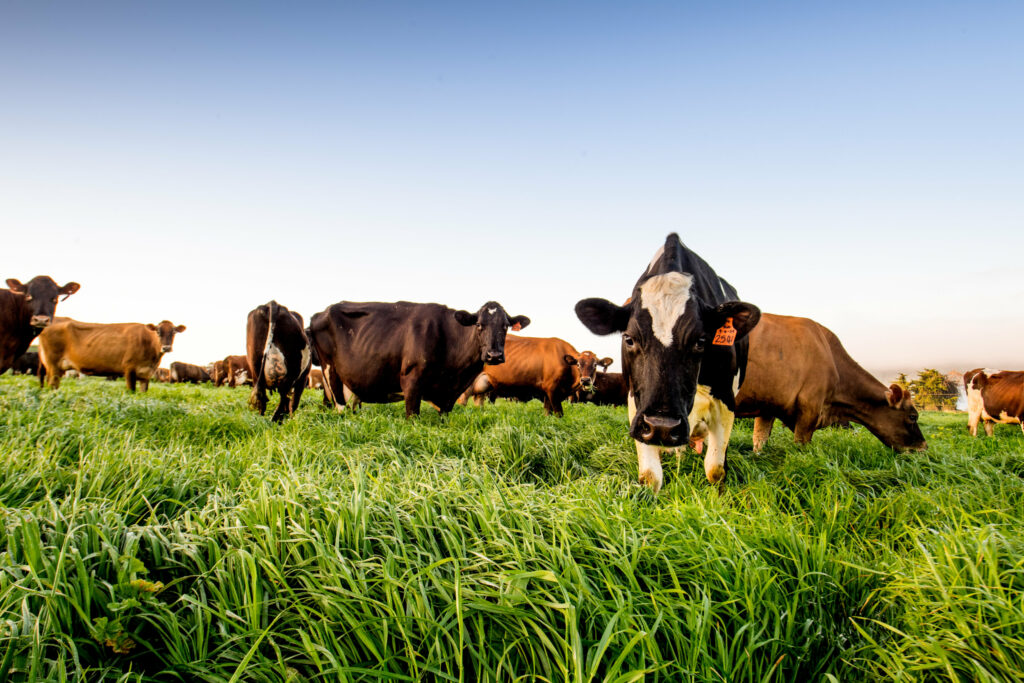
The practice of using seaweed in cow diets is fascinating. I haven’t actually seen that many examples of it being put into practice. Could you talk about how you came across this solution, how you’re implementing it, and what results you’re seeing?
Albert: Three or four years ago, there was research out of Australia and Canada where they tried a specific variety of red seaweed and had really good results. Then UC Davis was going to do a trial and we contacted them to see how we could collaborate. They introduced us to Blue Ocean Barns and we partnered with them. We saw a 52 percent reduction in enteric methane from cow belches, and some cows had over an 85 percent reduction. Feeding cows one ounce of seaweed in a 45-pound diet, you can get up to a 95 percent reduction in enteric methane.
Joseph: Enteric methane emissions are almost always the biggest source of climate emissions on any dairy farm. It’s interesting to look at it as a climate threat, but there’s a huge opportunity to look at it as a climate solution if you can reduce those emissions. Right now, it’s not a legal feed for animals, which is silly because it’s seaweed. It’s not harmful to the animals. Once it’s administered, we expect to see 80 to 90 percent emissions reductions from the enteric source on the dairy farm. We’re glad to help people walk through the regulatory process.
Albert: We feel the urgency and we asked ourselves what we can do right now. Our big, hairy, audacious goal was to be carbon-neutral by the end of last year and to expand it to other suppliers by the end of the decade. By the end of this year, the milk coming from my dairy will have an equal or lower carbon footprint than any plant-based dairy products.
What do you see as the role of state policy in helping you achieve your sustainability goals? Have you participated in any of the state programs like the healthy soils initiative? What kind of policies would you like to see more of?
Joseph: We’re fans of the state programs. Both Albert’s farm and other farms in our network have taken part in the healthy soils programs. We enjoy state support but we’re not reliant on it. Historically, it’s been harder for smaller organic dairies to access the funding that the state puts forward. It’s usually the larger conventional dairy industry that ends up being able to access the funding. Their grant applications tend to look better because they have more emissions. We’ve found that the state is moving a bit too slowly.
Can you describe your glass bottling programs and how more companies could adopt models like this?
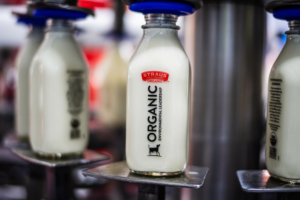
Albert: Initially, I felt that reuse is a part of what organic products and farming should be about, so we started out day one with a glass bottle that’s made out of 30 percent recycled glass. Now we put a $2 deposit on the bottle. It goes all the way through distribution to consumers and we get 75 to 80 percent of the bottles back. On average, one bottle is reused for five years and then the glass is readily recyclable. There are problems with infrastructure right now, but overall, I felt it had a better quality. Glass is inert and doesn’t have anything leaching into the product, so I felt it was a lot better packaging solution than alternatives.
Joseph: Packaging is a very hard area because we’re just one part of a larger packaging chain. There are material providers, resource extractors, and a whole recycling system downstream from us that has varying quality depending on your region. We launched an initiative called the Sustainable Packaging Roadmap that was born out of the idea that we want to do whatever we can to get petroleum-based packaging out of all of our product categories. The materials science isn’t there yet, but we’re trying to push the boundaries as much as we can by engaging with material providers and letting them know what we want and what our consumers are expecting.
If you could have every other dairy business out there implement one high-impact climate practice, what would it be and why?
Albert: Go organic. Healthy soils, animal welfare, climate-smart practices, all these things we’re trying to define as organic farming. If we look at the whole philosophy of organic farming, it encompasses all that.
Joseph: I might also say feeding red seaweed as an enteric methane reducer and installing a biodigester system to reduce methane from manure lagoons. When we say a biodigester system, that also entails creating compost on the front end so that’s another multi-answer because you get the compost which ends up being a benefit to the soil and sequestration.
You can read Straus Family Creamery’s 2020 sustainability report here, and The Climate Center’s recent report on carbon sequestration on working lands here.
Note: This interview has been edited for length and clarity.
